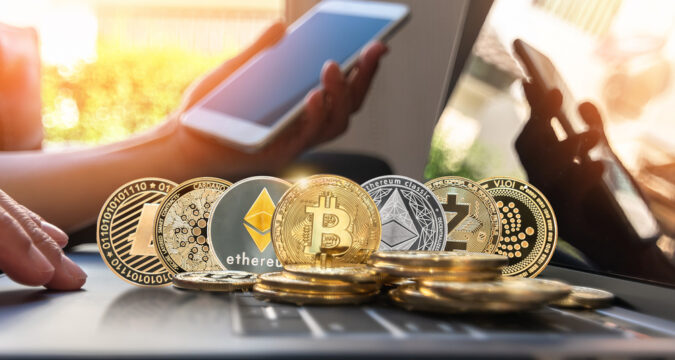
Asset tokenization is one of the biggest trends in decentralized finance that are driving mainstream crypto adoption. Through it, regular people can tokenize their assets and have them on the blockchain as permanent records.
Real world assets are converted to digital tokens and stored on a blockchain, and the tokens used to represent the ownership and legal rights of the real-world asset. This is impressive because there’s no faking the ownership of such assets because blockchain records cannot be faked.
One thing with tokenized assets is that they have intrinsic value because they are backed by real world assets. This is what sets them apart from conventional crypto assets which suffer from extreme volatility that makes their value change widely and rapidly.
As this trend continues to grow, it is important that you know about it and what is involved. The following are five important things to note about tokenized real world assets.
What Can be Tokenized
Tokenization began with clear cut things like real estate, precious metals, collectibles, bonds, and equity. However as the industry continues to grow, more items have been added to the list of tokenizable things.
You can now tokenize a wide range of goods and commodities, as well as agricultural produce, which include coffee beans and wine. You can also tokenize energy and transportation infrastructure such as ships and airports.
Other forms of tokenizable assets are in-game assets, along with esport and event-based assets. As time goes on and the industry continues to grow, a lot more items will be included in the list.
Ownership or Rights
Just as in physical assets you have rights and ownerships which are different, the same thing applies to tokenized assets. For example, the right to use real estate such as a house isn’t the same as ownership of the property.
So also depending on the nature of the real world asset you’re tokenizing, the investor may have rights or ownership. For intangible assets, the investor can only get rights to use the item, for example to listen to music and not own it.
On the other hand for tangible assets such as a piece of real estate, ownership can be transferred to the investor either fully or in part depending on how much of the token the investor holds.
Liquidity
Investing in tokenized assets can be a good idea if you invest in the right tokens. It is therefore important that you check the liquidity of the asset whose tokens you wish to buy. This is so that you can easily sell the tokens whenever you want to.
This may take some research also to ensure that the token issuers actually own the real assets. In checking the liquidity of the tokens, ensure that they are listed on several reputable and regulated exchanges and are actively traded.
You can then trust the project since exchanges scrutinize projects before listing them so that you’re sure of buying the right tokens.
Risk of Volatility
Tokenized assets can have lots of positives such as being more stable because they are based on real world assets. However they are still subjected to the risks of volatility and others that characterize the crypto industry.
Therefore it is important to be careful about the asset you buy and also diversify just like in any other investment to minimize risks. This can be achieved by dividing your investment to cover different real world asset classes.
Compliance
Just like the wider crypto industry, regulators are very much interested in tokenized assets, and there are regulatory guidelines to follow in the tokenization process. If you acquire tokens that did not go through the proper channel of tokenization, you may get into legal trouble.
Therefore do your due diligence to ensure that the asset you wish to invest in has met all the regulatory conditions in the jurisdiction where it was tokenized in order to be on the safe side.


